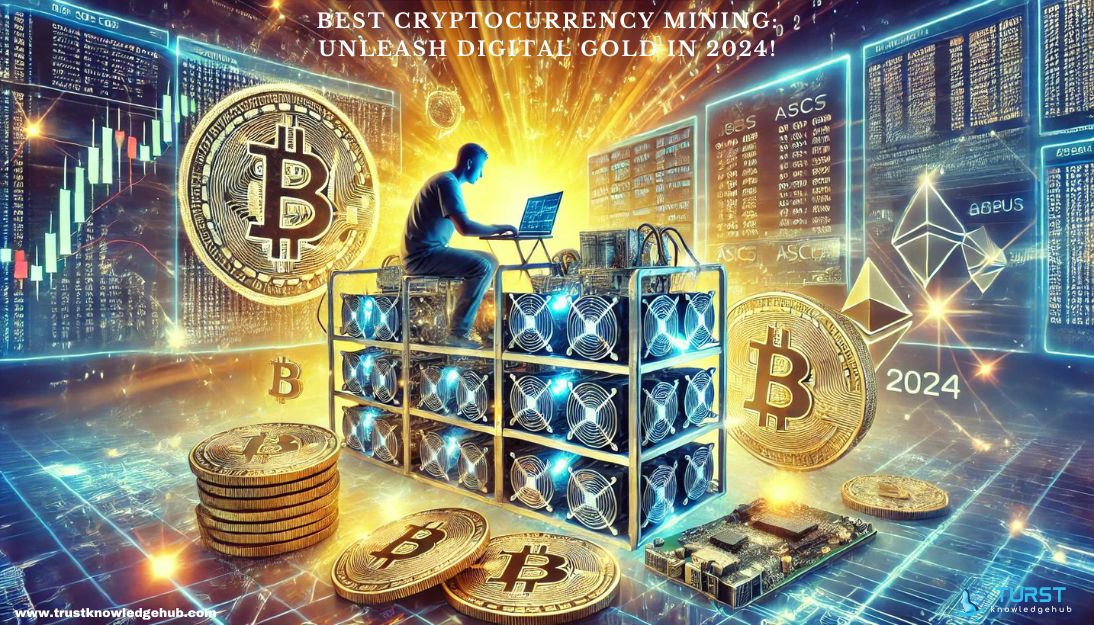In today’s ever-changing digital world, there’s a new and exciting technology called tokenization. It has the potential to change the way we think about and interact with real-world assets. It means turning the rights to an asset into a digital token on a blockchain. This token represents a small part of ownership or value in the actual asset, making it easier to buy and sell fractions of assets, like real estate or art. With the growing popularity of blockchain technology, tokenization is becoming more and more popular across different industries. In this article, we’ll take a closer look at tokenization, talking about its benefits, challenges, and how it could make a big difference in the real world.
The Benefits of Tokenization
Increased Liquidity
One of the key advantages of tokenization is the enhanced liquidity it offers for traditionally illiquid assets. Real estate, for example, is a prime example of an asset class that typically suffers from limited liquidity. By tokenizing real estate properties, investors can now buy and sell fractional ownership stakes in these properties with ease. This opens up a whole new world of investment opportunities, allowing individuals to diversify their portfolios and gain exposure to high-value assets that were previously out of reach.
Fractional Ownership
Tokenization also enables fractional ownership, breaking down the barriers to entry for high-value assets. Instead of requiring individuals to invest large sums of money to acquire an entire asset, tokenization allows for the purchase of fractional shares. This democratizes access to investments, making it possible for a wider range of investors to participate in previously exclusive markets. Fractional ownership also provides the opportunity for individuals to diversify their investments across multiple assets, reducing risk and increasing potential returns.
Enhanced Transparency and Security
Blockchain technology, the underlying technology behind tokenization, provides a decentralized and immutable ledger that ensures transparency and security. Each token represents a unique digital asset that is recorded on the blockchain, making it virtually impossible to tamper with or counterfeit. This level of transparency and security instills trust in the system, attracting both investors and asset owners alike. Additionally, the use of smart contracts in tokenization allows for automated and secure transactions, eliminating the need for intermediaries and reducing the risk of fraud.
Global Accessibility
Tokenization has the potential to unlock global accessibility to real-world assets. By digitizing assets and representing them as tokens on a blockchain, these assets can be easily traded and accessed by investors from all around the world. This opens up new avenues for cross-border investments and eliminates the barriers that previously limited investment opportunities to specific geographical locations. With tokenization, investors can now diversify their portfolios with assets from different countries and regions, further enhancing their investment strategies.
Challenges and Considerations
While tokenization holds immense promise, it is not without its challenges and considerations. Here are a few key factors to keep in mind:
Regulatory Frameworks
The regulatory landscape surrounding tokenization is still evolving, and different jurisdictions have varying levels of acceptance and clarity regarding the legal status of tokenized assets. It is crucial for market participants to navigate these regulatory frameworks to ensure compliance and mitigate potential risks. As technology matures and regulators gain a better understanding of this, we can expect them to put more comprehensive guidelines and regulations in place.
Security and Custody
As with any digital asset, security and custody are paramount in tokenization. The safe storage and management of digital tokens require robust security measures to protect against theft, hacking, or loss. Custodial services and secure wallets play a crucial role in safeguarding tokenized assets and ensuring the trust of investors. It is essential for market participants to prioritize security and work with reputable custodians to mitigate these risks effectively.
Market Liquidity and Pricing
While tokenization offers increased liquidity for traditionally illiquid assets, the market liquidity and pricing of tokenized assets can still be influenced by various factors. Market depth, demand-supply dynamics, and investor sentiment can impact the liquidity and pricing of tokenized assets. It is important for investors to carefully assess the market conditions and conduct thorough due diligence before investing in tokenized assets.
Frequently Asked Questions (FAQ)
Q1: What is the difference between tokenization and cryptocurrency?
A1: While both tokenization and cryptocurrency are based on blockchain technology, they serve different purposes. Tokenization involves converting real-world assets into digital tokens, representing ownership or value in the underlying asset. Cryptocurrency, on the other hand, is a digital currency that operates independently of traditional financial systems. While it can utilize cryptocurrencies as a means of exchange, the primary focus of tokenization is to unlock value and innovation in real-world assets.
Q2: Can any asset be tokenized?
A2: In theory, almost any asset can be tokenized. However, certain assets may be subject to regulatory restrictions and limitations. It is important to consider the legal and regulatory frameworks governing the asset class in question before proceeding with tokenization. Assets such as real estate, art, commodities, and securities have seen significant tokenization activity, but the potential for this extends to a wide range of assets.
Q3: How does tokenization impact the traditional financial system?
A3: Tokenization has the potential to disrupt and reshape the traditional financial system in several ways. By enabling fractional ownership and increased liquidity, tokenization opens up investment opportunities to a wider range of individuals, democratizing access to traditionally exclusive markets. It also reduces the reliance on intermediaries and streamlines the process of asset transfer and settlement through the use of smart contracts. However, the full impact of tokenization on the traditional financial system is still unfolding as the technology continues to evolve.
Q4: What are the risks associated with tokenization?
A4: While It offers numerous benefits, it is not without risks. Some of the key risks include regulatory uncertainties, security vulnerabilities, market liquidity, and pricing fluctuations. Regulatory frameworks surrounding tokenization are still developing, and compliance with existing regulations is crucial to mitigate legal risks. Security measures must be robust to protect against theft or hacking of digital tokens. Please remember to exercise caution and conduct thorough due diligence before investing in tokenized assets, as various factors can influence market liquidity and pricing.
Q5: How can investors participate in tokenization?
A5: Investors can participate in tokenization by engaging with platforms and marketplaces that facilitate the issuance, trading, and management of tokenized assets. These platforms provide opportunities to invest in fractional ownership of real-world assets and access a diverse range of investment options. Investors need to research and select reputable platforms that comply with regulatory requirements and prioritize security.
Conclusion
Tokenization represents a transformative technology that has the potential to unlock value and drive innovation in real-world assets. By leveraging blockchain technology, it offers increased liquidity, fractional ownership, enhanced transparency, and global accessibility. However, it is important to navigate the regulatory landscape, prioritize security, and carefully assess market conditions before engaging in tokenization. “Tokenization is poised to transform how we understand and engage with assets, opening up new opportunities for investors and asset owners.” Learn more about language model tokenization.
Remember, the future is here, and tokenization is at the forefront of this digital revolution. Embrace the power of tokenization and unlock the potential of real-world assets like never before.
However, Stay tuned for more exciting updates on the future of Artificial Intelligence!




